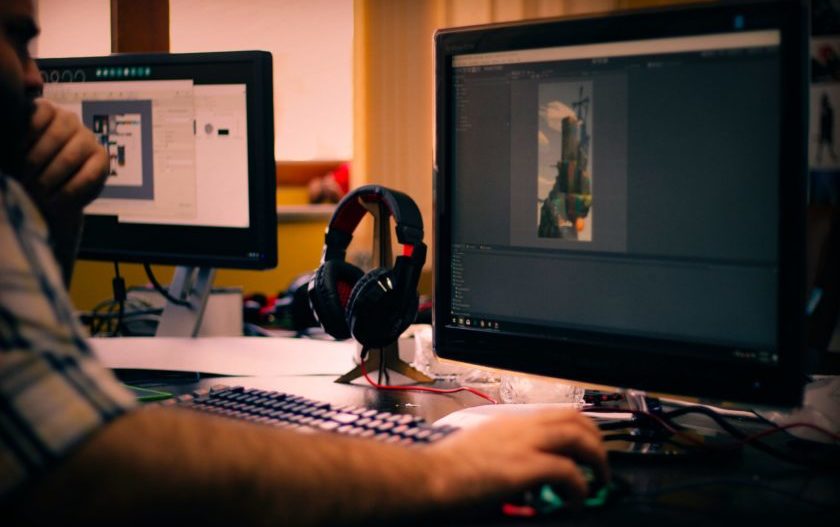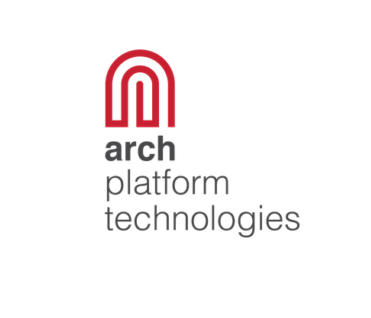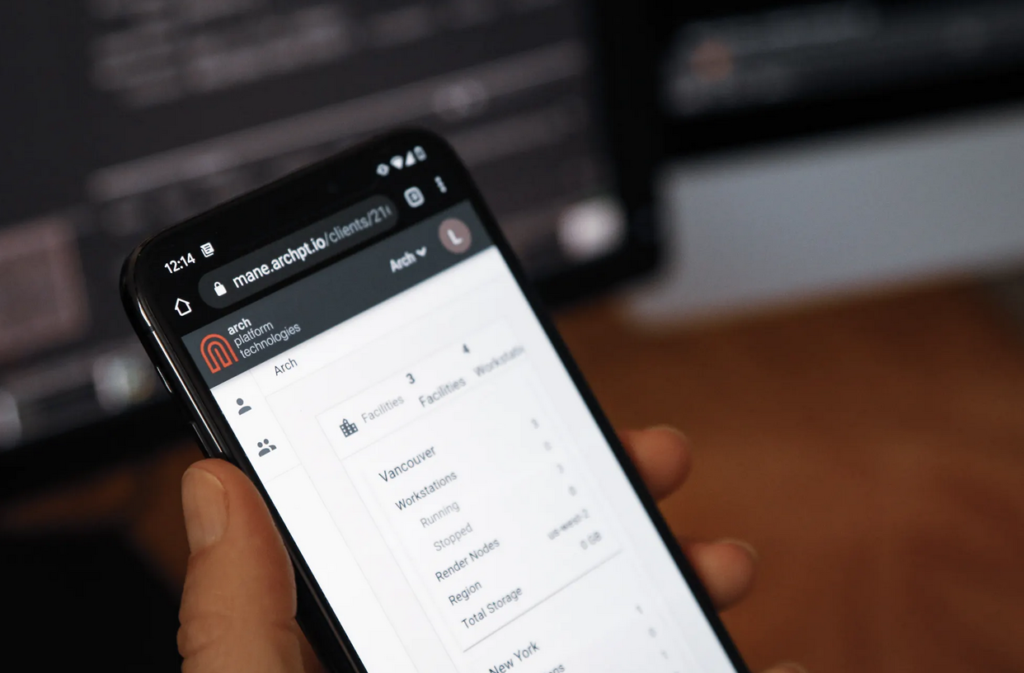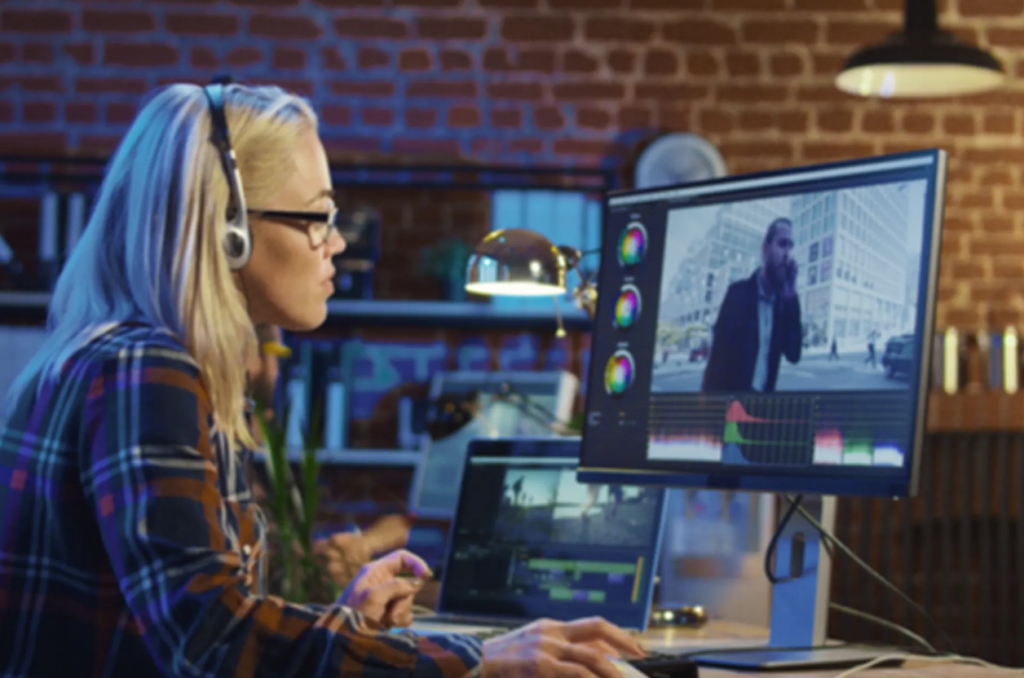
Arch: The Right Platform for Post and Virtual Production at the Right Time
When Arch Platform Technologies was founded five years ago, a growing number of film and TV production companies were starting to move to the cloud, but few would have predicted that the entire industry would be shifting to remote or virtual production amid a pandemic.
At the time, Arch co-founders Edward Churchward and Guy Botham were building cloud technology for a new launched VFX firm. “We didn’t want to incur the huge upfront costs for physical VFX hardware,” Churchward said, “so we used IBM data centers to build our VFX facility in the cloud and were able to successfully work on such projects as Wonder Woman and Justice League.”
 “While working in-house at Netflix, we built a custom interface for them utilizing AWS instead of IBM, and eventually helped them build their own platform,” he added. “We then built a next-generation version of the technology making significant improvements to accommodate more kinds of content creation and workflows. The result is our current fully cloud-based platform offering.”
“While working in-house at Netflix, we built a custom interface for them utilizing AWS instead of IBM, and eventually helped them build their own platform,” he added. “We then built a next-generation version of the technology making significant improvements to accommodate more kinds of content creation and workflows. The result is our current fully cloud-based platform offering.”
Although Arch was created with VFX in mind, its platform “facilitates all content collaboration securely,” including for such industries as architectural and engineering design, he told MESA. After all, with Arch, “users have the ability to manage their entire workflow (workstations, rendering, storage, and pipeline) fully and securely in the cloud,” he said. “Moreover, users can scale up or down and pay as they go, reducing overhead costs and time spent ramping up.”
The pandemic’s effect
The biggest shift in the VFX needs of the industry since the pandemic started has obviously been the fact that most people have been working remotely, Churchward said. That, unfortunately, created issues with security for the industry.
“Security is so incredibly important in the VFX industry, with all effects being tightly guarded,” he pointed out, adding: “When the pandemic led to shutdowns, VFX teams were forced to either send protected hard drives directly to artists’ homes or give people remote access to workstations.”
 But “neither of these were ideal solutions because of potential security breaches and inability to efficiently troubleshoot or solve technical issues that might arise,” he said.
But “neither of these were ideal solutions because of potential security breaches and inability to efficiently troubleshoot or solve technical issues that might arise,” he said.
The Arch Platform, however, provided an elegant solution for the industry, he said, explaining: “We can get teams set up quickly and provide the same, if not greater, level of security as physical workstations without having to worry about a hard drive being stolen or your child spilling juice on it when you work from home.”
Other changes: past, present and future
Over the years, the traditional workflow has changed as computers have become more powerful, Churchward noted.
A more recent change: Very little content was made initially during the pandemic, he said, noting that, as a result: “There is a backlog of content that will soon flood the market, and because of the number of layoffs and shutdowns that many VFX companies had, there might not be enough VFX teams to take on all the content.”
However, he pointed out: “Because the investment is so much lower and the flexibility so much higher with the Arch Platform, people who were laid off have been creating their own small companies.”
The nature of the Arch Platform, meanwhile, allows organizations of any size to grow seamlessly when there is a boon and reduce their workflow when needed.
“The cloud is decentralizing VFX professionals and creating egalitarian artist markets globally,” he added “allowing artists to bid on and collaboratively and securely work on projects from anywhere in the world.”
Looking ahead, Churchward said: “Virtual production is growing at a rapid pace. Directors will be able to see on their screen, as they film, the 3D monster or whatever effects they have imagined. Instead of post-production, VFX could be done pre-production, so that filmmakers can see their complete vision as they film.”
A Case Study
Laura Teodosio, CEO of Arch Platform Technologies, pointed to a case study involving the 2020 film Unhinged starring Russell Crowe.
 “With Arch, the producers of Unhinged saved 65 percent or $1.2 million on their VFX budget. Set up was fast and easy, capital expenditure was zero, the artists worked in Vancouver to maximize tax benefits, and the Arch platform allowed for instant scalability as the movie’s needs changed,” Teodosio noted.
“With Arch, the producers of Unhinged saved 65 percent or $1.2 million on their VFX budget. Set up was fast and easy, capital expenditure was zero, the artists worked in Vancouver to maximize tax benefits, and the Arch platform allowed for instant scalability as the movie’s needs changed,” Teodosio noted.
Unhinged was the first release of Solstice Studios whose VFX team was based in Vancouver, the AWS data center was in Oregon, the director was in Virginia and the editing room was in Los Angeles.
Solstice planned to widely release the film in September 2021. However, COVID-19 lockdowns meant that production and post-production teams were on hold or dispersed, with most people working remotely from their homes, Arch noted.
The film’s date was moved up by two months, and just days before delivery, the legal team called out more than 250 shots that required car brand logo and text removals.
The Arch Platform made it easier for Solstice to increase its VFX capacity and for studio creatives to simultaneously review visual effects. The platform also facilitated the creation of proxy versions for editorial teams to cut into the film. This saved critical time as the release date was moved up and an 250 additional VFX shots were needed at the last minute.
“Because of the success on Unhinged, Solstice plans to use the Arch Platform on their next movie, Hypnotic, starring Ben Affleck and directed by Robert Rodriguez,” she added. “Hypnotic is a bigger film and they anticipate saving nearly $6 million by using Arch.”
 By using the Arch Platform for visual effects, according to Arch, Solstice was able to:
By using the Arch Platform for visual effects, according to Arch, Solstice was able to:
• Setup was fast and easy across multiple locations with no capital expenditure. With no upfront capital expenditures, visual effects teams were set up remotely in the cloud. No film assets had to be transported to personal homes and teams were able to collaborate seamlessly.
• Maximize tax benefits. VFX personnel worked in Vancouver to maximize tax benefits for the production, improving the film’s bottom line.
• Simplify workflow. Multiple integrations allowed simultaneous VFX reviews by studio creatives. Solstice was able to perform VFX reviews, provide feedback, and give approvals in real-time, shortening post-production time, increasing efficiencies and saving money.
• Instantly scale as the movie’s needs changed. To accommodate the new release date and the many new VFX shots, artists were added, doubling the team size, all working remotely from their homes.
• Stay on a tightened schedule. Using the Arch Platform, the studio was able to meet a post-production schedule accelerated by 10 weeks.
• Reduce costs by 65 percent. Thanks to the Arch platform, “Unhinged” completed the extra work with minimal financial impact to production. No overages, no rush fees, no extra charges. Solstice reduced its visual effects budget by $1.2 million.
What’s next for Arch
Arch is supporting more workflows beyond VFX now, including animation, editorial and graphics.
 “We are becoming an integral part of the virtual production pipeline from asset builds through production to post-production visual effects,” according to Teodosio.
“We are becoming an integral part of the virtual production pipeline from asset builds through production to post-production visual effects,” according to Teodosio.
The company is also continuing to partner with best-in-class technology vendors, he said. For example, with Moxion, a dailies and review platform, Arch built an application programming interface (API) integration into Arch’s VFX workflow pipeline, she noted, explaining: “VFX teams can now engage directly with the director and other stakeholders through the Arch Platform.”
Last, Arch is “using data science to not only drive metrics and analytics for business efficiency, but also to optimize artist workflows,” she concluded.
